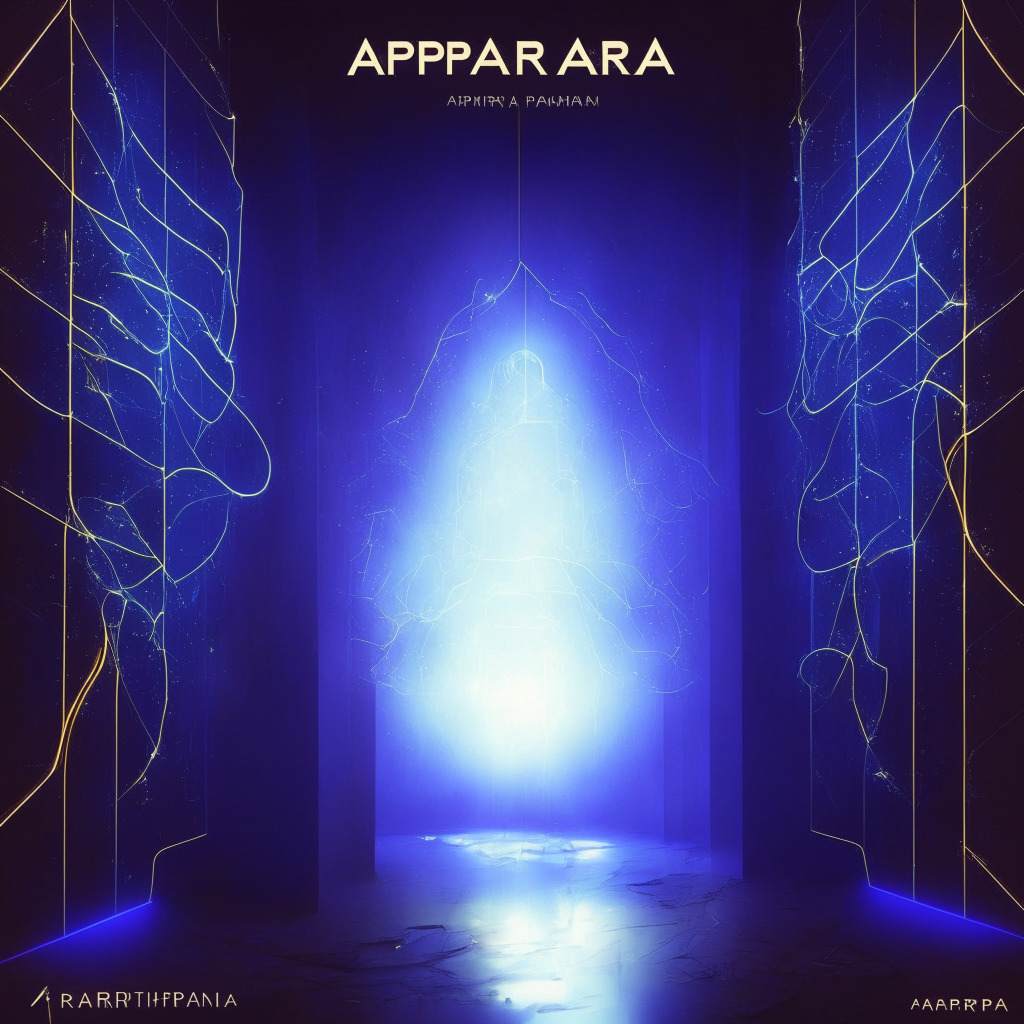Generative AI has been making waves in the tech industry, and its potential applications are varied and wide-ranging. As a subset of machine learning, generative AI uses neural networks to create new content, setting itself apart from other AI systems programmed for specific tasks. With a projected 30% share of the entire AI market by 2025, or approximately $60 billion, generative AI’s impact is expected to be immense.
Among the most popular forms of generative AI are Generative Adversarial Networks (GANs). These GANs are built from two neural networks: a generator that produces new content and a discriminator that evaluates its authenticity. This dual structure allows GANs to create increasingly intricate content that may sometimes even be mistaken for human-created work. Recent applications include companies like H&M and Nike employing generative AI for new apparel designs, as well as virtual fashion shows for designers.
Generative AI tools like ChatGPT and DALL-E are also changing the landscape of a wide range of job roles. ChatGPT, for example, is an innovative language model developed by OpenAI that can generate unique content in response to user instructions. Meanwhile, DALL-E combines deep learning techniques to create images based on textual descriptions.
The practical applications of these tools have improved efficiency and creativity in various industries. Both Microsoft and Google have integrated ChatGPT into their customer support systems, while IKEA has used AI to create 3D models of its furniture. Lexus has even turned to AI for generating unique car designs based on textual input.
In addition to these applications, generative AI is driving the growth of Web3 through its involvement in NFTs, blockchain gaming, metaverse development, and more. For instance, ChatGPT’s integration with Microsoft’s Bing has led to a more user-friendly chat interface, while generative AI’s role in the AI cloud helps filter data on the web for users.
Despite its benefits, generative AI does have its share of potential risks in Web3. For example, intellectual property infringement, content quality concerns, privacy issues, and biased data outputs could arise from AI-generated content. Addressing these risks requires content moderation tools, data privacy-preserving techniques, the use of representative datasets, and AI-based fraud detection systems.
Generative AI is revolutionizing industries like fintech, digital gaming, healthcare, and more, holding considerable potential for Web3 integration. As AI technology continues to evolve, we can anticipate a disruptive future across sectors. Overall, while there may be risks and drawbacks, generative AI offers numerous opportunities and significant breakthroughs that promise to shape the future of technology.
Source: Cointelegraph




